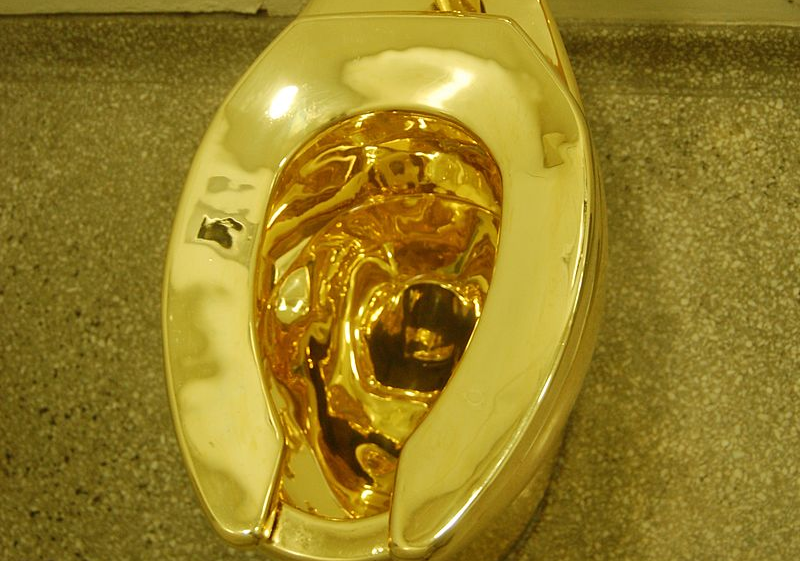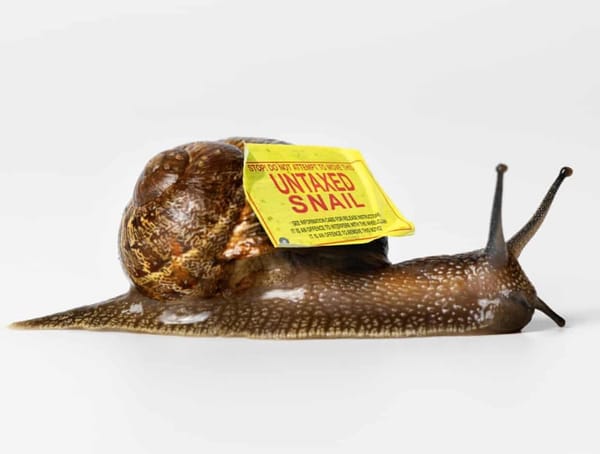The short life and strange death of rock 'n' roller Bobby Fuller

From Discover Music: "No matter how memorable Bobby Fuller’s signature hit was – and his version of “I Fought The Law” is inarguably a classic rock’n’roll record of any era – it always risks being upstaged by the macabre and never-explained circumstances of his death. Born on October 22, 1942 in Baytown, Texas, Fuller became a noted performer in the El Paso, Texas area to which he and his family relocated. Fuller was just 23 when his song hit the charts, but within a few weeks, he met an unseemly and mysterious end. Eight days after the group’s last gig in July 1966, he received an unexplained late night phone call that prompted him to leave in the family Oldsmobile. Later that day, he was found dead by his mother Loraine outside his Hollywood apartment. The car was full of gasoline; accounts have subsequently varied as to whether he had sustained bruises or cuts. His body had been there for some time."
Her discovery wasn’t alien life but science has never been the same since

From the NYT: "With TV cameras pointed at her, Felisa Wolfe-Simon began speaking at NASA Headquarters in Washington, D.C., on Dec. 2, 2010. She was at that time a visiting researcher with the U.S. Geological Survey, speaking to a sizable audience of journalists and bloggers, two of them wearing tinfoil hats, and hordes of streamers online. Days before, NASA had teased “an astrobiology finding that will impact the search for evidence of extraterrestrial life.” Dr. Wolfe-Simon had not found aliens, but she had found a terrestrial organism that was behaving unlike any life form known on Earth. The creature came from Mono Lake, a body of water near Yosemite National Park that is nearly three times as salty as the Pacific Ocean and is full of toxic arsenic. Dr. Wolfe-Simon’s team said they had isolated an organism that could survive on arsenic."
This tiny European island swaps nationalities every six months

From the BBC: "Sheltered in the borderlands between France and Spain, on the Bidasoa river flowing to the Bay of Biscay, the perplexing island is presided over by each nation for six months in turn and is a historical record of the rivalry between the countries. Border irregularities are found throughout Europe – and the world – but a 200m-long island that swaps countries biannually is unfathomably odd. And few, curiously, know much about Pheasant Island at all. Covered with trees and elliptical in shape, it lies just 10m from the Spanish side of the river and 20m from the French. The island is of such historical importance that it's only rarely opened to visitors. At the centre was an enormous, inscribed monolith, shaped like a cenotaph, that gave a sense of the weight of centuries of history to the place. Tomb-like and grandstanding, it commemorates the meeting where the Treaty of the Pyrenees was negotiated in 1659."
Hi everyone! Mathew Ingram here. I am able to continue writing this newsletter in part because of your financial help and support, which you can do either through my Patreon or by upgrading your subscription to a monthly contribution. I enjoy gathering all of these links and sharing them with you, but it does take time, and your support makes it possible for me to do that. I also write a weekly newsletter of technology analysis called The Torment Nexus.
In the 1800s three men raced to decipher the world’s oldest writing system

From The Smithsonian: "By the early 1850s, Rawlinson had largely caught up with Hincks. Scholars, literary journals and the public marveled at both men’s supposed insights. But even as the rivalry between the decipherers grew more intense, they agreed on one thing: The writing of Babylon and Assyria was bewilderingly complex. Its most striking characteristic was what was called polyphony: Many characters, they maintained, could be read in six, seven, even eight different ways. It was feared that the writing would never be cracked. But in 1854, a unique opportunity presented itself. Layard’s protégé, Rassam, had discovered a relic buried beneath a temple. The octagonal column, known as a “prism,” was inscribed with 800 lines of tiny cuneiform characters. It was believed to date to 1100 B.C.—a time when war was raging between the Greeks and Trojans and the prophet Samuel led the Israelites to victory against the Philistines."
A sculpture of a toilet made of 18-karat gold was stolen and has never been found

From Wikipedia: "America is a sculpture created in 2016 by the Italian artist Maurizio Cattelan. It is a fully functioning toilet made of 18-karat solid gold. It was stolen in 2019 from Blenheim Palace, where it was exhibited on loan from the permanent collection of the Solomon R. Guggenheim Museum. Cattelan created the toilet in 2016 and it was made in a foundry in Florence, cast in several parts that were welded together. Made to look like the museum's other Kohler toilets, it was installed in one of the museum's bathrooms for visitors to use. A special cleaning routine was put in place. According to the museum, over 100,000 people waited in line to use America, and a security guard was posted outside the bathroom. The work was made of 103 kilograms of gold, which in September 2019 was valued at more than four million dollars."
A kayaker makes a new friend
Man greeted by Otter Pup in the water pic.twitter.com/50sRhFGJJB
— Nature is Amazing ☘️ (@AMAZlNGNATURE) February 10, 2025
Acknowledgements: I find a lot of these links myself, but I also get some from other newsletters that I rely on as "serendipity engines," such as The Morning News from Rosecrans Baldwin and Andrew Womack, Jodi Ettenberg's Curious About Everything, Dan Lewis's Now I Know, Robert Cottrell and Caroline Crampton's The Browser, Clive Thompson's Linkfest, Noah Brier and Colin Nagy's Why Is This Interesting, Maria Popova's The Marginalian, Sheehan Quirke AKA The Cultural Tutor, the Smithsonian magazine, and JSTOR Daily. If you come across something interesting that you think should be included here, please feel free to email me at mathew @ mathewingram dot com



